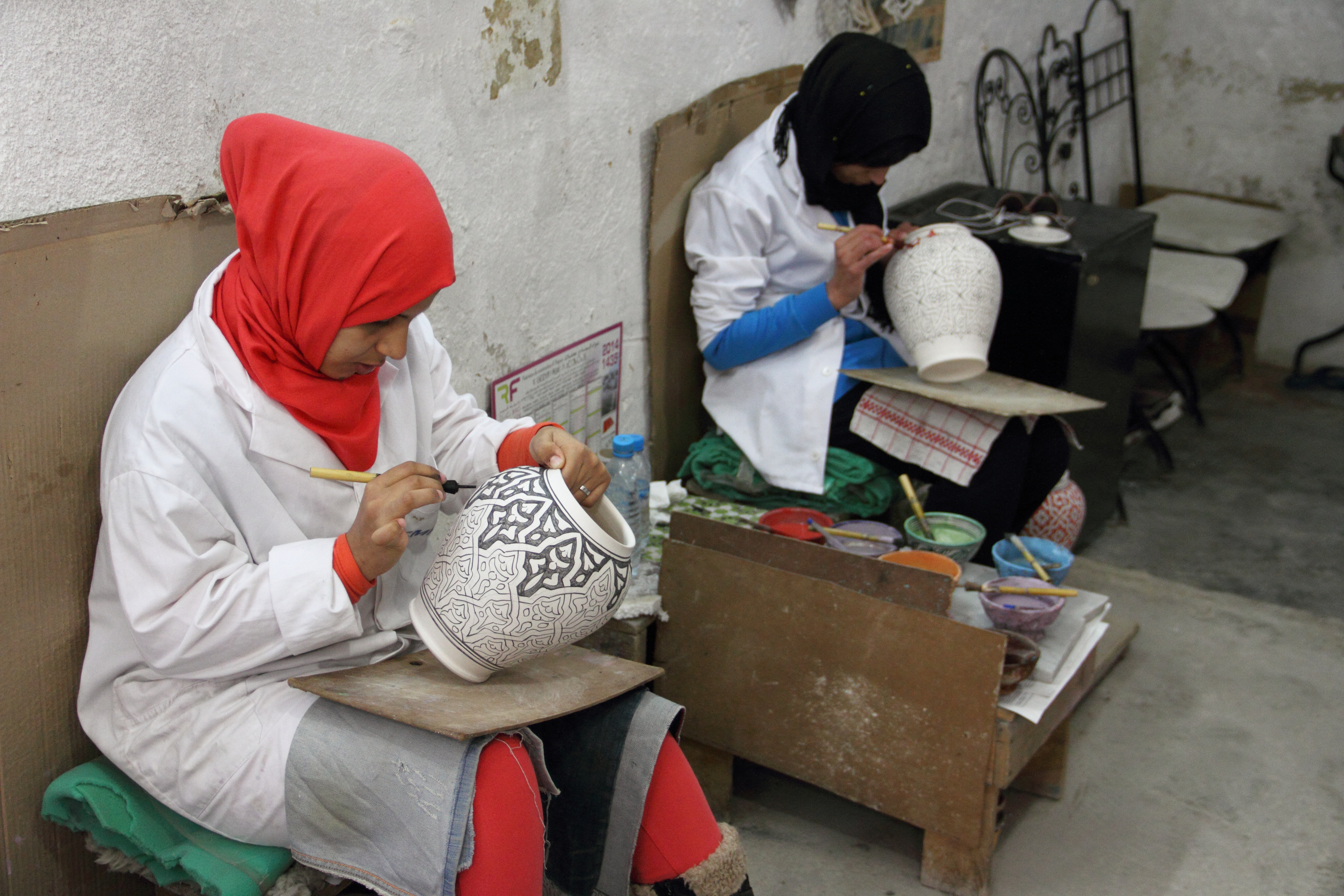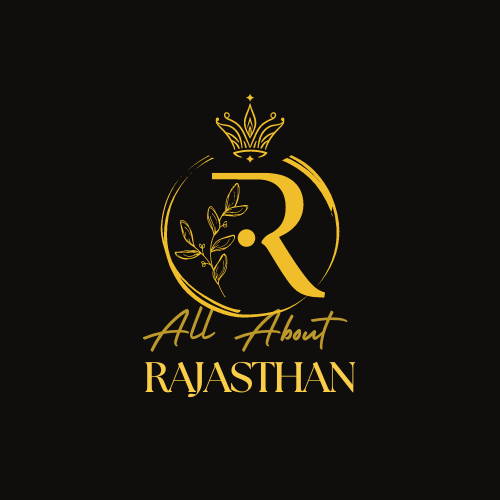Blue pottery is a beautiful and distinctive art form deeply connected to the cultural heritage of Rajasthan, India. Famous for its vibrant blue colors and detailed designs, this art form has a long history and continues to fascinate art enthusiasts around the world. In this detailed guide, we will explore the history, methods, and cultural importance of blue pottery in Rajasthan. This article aims to offer valuable insights and be a key resource for anyone interested in this stunning craft.
Table of Contents
Origins of Blue Pottery

Blue pottery began in ancient Persia, where craftsmen created a special blue glaze with cobalt oxide. This method came to India during the Mughal era, around the 14th century. The Mughal emperors, who loved art and culture, invited talented Persian artisans to their courts. These artisans then taught Indian craftsmen the unique glazing techniques.
The Mughal Influence on Blue Pottery

The Mughal influence was vital in the evolution of blue pottery in India. By blending Persian techniques with Indian designs, a distinctive new style emerged. The Mughal courts, particularly in Delhi, became hubs of artistic creativity, fostering the growth of blue pottery. Artisans from these courts later traveled to other regions of India, sharing their expertise and craftsmanship.
Blue Pottery in Rajasthan

Blue pottery holds a significant place in the cultural tapestry of Rajasthan, particularly in its capital city, Jaipur. Known for its vibrant colors, intricate designs, and unique production techniques, Jaipur blue pottery stands as a testament to centuries-old craftsmanship and artistic innovation.
The journey of blue pottery to Jaipur can be traced back to the 19th century during the reign of Maharaja Sawai Ram Singh II. The Maharaja, keen on promoting arts and crafts in his kingdom, invited skilled artisans from Delhi to settle in Jaipur. These artisans, originally from Persia, brought with them the traditional techniques of blue pottery making, which they adapted to suit local tastes and materials.
Materials and Techniques
Unlike traditional ceramics made from clay, Jaipur blue pottery is made from a mix of quartz stone powder, powdered glass, Multani mitti (Fuller’s Earth), borax, gum, and water. This special mix gives the pottery its smooth finish and bright colors. The process involves several steps: molding, drying, painting, glazing, and firing.
- Molding: The mixture is shaped into different forms using molds.
- Drying: The shaped pieces are left to dry in the sun.
- Painting: After drying, the pieces are hand-painted with detailed designs using natural dyes.
- Glazing: The painted pieces are covered with a special glaze.
- Firing: Finally, the pieces are fired at high temperatures to get the shiny finish.
Traditional and Contemporary Designs
Traditional blue pottery designs often showcase detailed floral and geometric patterns inspired by Persian art. These designs are hand-painted in bright blues, greens, and whites, standing out beautifully against the pottery’s smooth surface. Over time, artisans have added modern designs and colors, mixing new styles with traditional methods. This change has broadened the popularity of blue pottery, making it a favored option for both classic and contemporary decor.
Cultural Significance
In Jaipur, blue pottery isn’t just a craft; it’s a cultural symbol deeply tied to the city’s identity. It decorates palaces, temples, and homes, serving both practical and decorative purposes. The designs often show nature, myths, and geometric patterns, reflecting Rajasthan’s rich culture. You can often see blue pottery tiles on old buildings’ walls or in Jaipur’s museums and galleries, highlighting its cultural importance and beauty.
The Artisans Behind Blue Pottery

The artisans who create blue pottery are the heart and soul of this craft. Many of them come from families that have been practicing this art for generations. Their skills and techniques have been passed down through the ages, ensuring the continuity and authenticity of blue pottery. Today, these artisans face various challenges, including competition from mass-produced ceramics and economic instability. However, their dedication and passion for their craft keep the tradition alive.
Modern Innovations and Trends
Modern artisans are continuously innovating, experimenting with new designs, colors, and forms. The introduction of blue pottery jewelry, tableware, and decorative items has broadened its appeal, making it a popular choice for both traditional and contemporary settings. Moreover, eco-friendly practices, such as using natural dyes and recycled materials, have been adopted by many artisans, ensuring the sustainability of this craft.
Preserving the Legacy

The preservation of blue pottery is crucial for maintaining its historical and cultural significance. Various organizations and government bodies have taken steps to support artisans and promote their craft. Initiatives such as craft fairs, exhibitions, and training programs provide platforms for artisans to showcase their work and pass on their skills to future generations. Increasing global appreciation for handmade crafts has also boosted the demand for blue pottery, helping to sustain the livelihoods of artisans.
How to Support Blue Pottery Artisans
Supporting blue pottery artisans is essential for preserving this beautiful craft. Here are some ways you can help:
- Buy Authentic Blue Pottery: Purchase blue pottery items directly from artisans or from reputable stores and online platforms that source their products ethically.
- Attend Craft Fairs and Exhibitions: Visit local and international craft fairs and exhibitions that feature blue pottery. These events provide artisans with opportunities to showcase and sell their work.
- Promote Blue Pottery: Share your love for blue pottery on social media and encourage others to appreciate and buy handcrafted items.
- Learn the Craft: Take part in blue pottery workshops to learn about the techniques and skills involved. This not only helps in preserving the craft but also supports artisans financially.
- Support Artisan Communities: Donate to organizations and initiatives that work towards the welfare and development of artisan communities.
Conclusion
The timeless beauty of blue pottery in Rajasthan is a testament to the rich cultural heritage and artistic excellence of the region. From its ancient origins in Persia to its flourishing presence in Jaipur, blue pottery has journeyed through time, evolving and adapting while retaining its unique charm. By understanding and appreciating its history, techniques, and cultural significance, we can ensure that this beautiful craft continues to enchant and inspire future generations.
Whether you are an art enthusiast, a collector, or someone who simply appreciates the beauty of handcrafted items, blue pottery offers a glimpse into a world of tradition, skill, and creativity. Supporting this art form not only helps preserve a vital part of cultural heritage but also empowers the artisans who dedicate their lives to creating these exquisite pieces. Embrace the allure of blue pottery and be a part of its enduring legacy.
